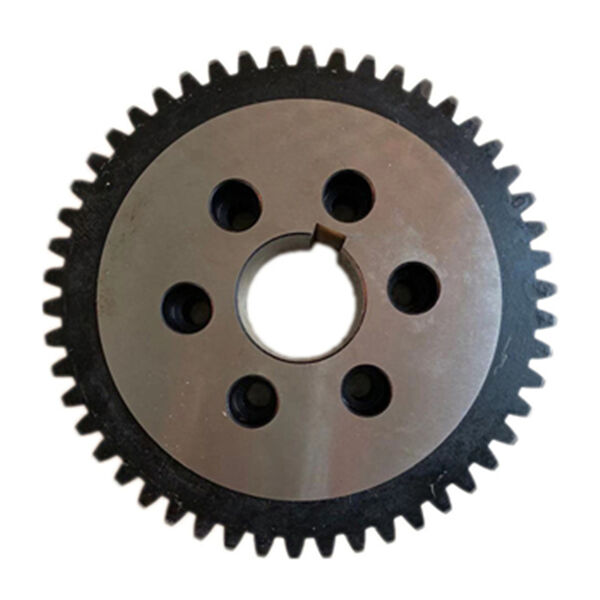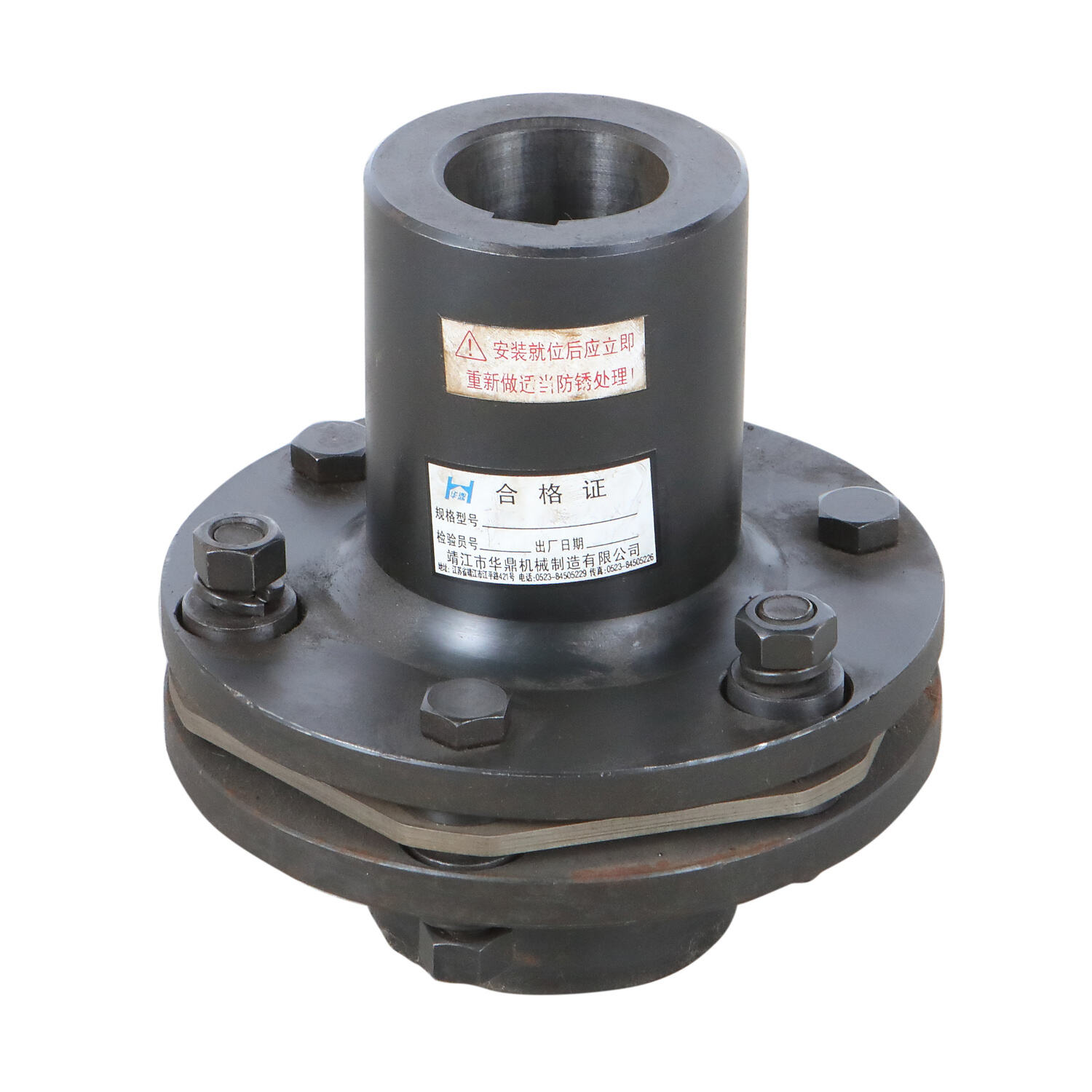universal coupling price
Universal coupling price considerations encompass various factors that influence the cost of these essential mechanical components. These versatile joints, designed to connect and transmit power between two shafts that may be misaligned, come in different sizes, materials, and configurations, each affecting their market price. The cost structure typically reflects the coupling's load capacity, operating speed, material quality, and design complexity. Premium materials like stainless steel or specialized alloys command higher prices but offer enhanced durability and performance in demanding environments. Manufacturing precision also plays a crucial role, as tighter tolerances and superior finishing contribute to better performance but increase production costs. Market dynamics, including supply chain factors, raw material availability, and manufacturing location, further influence the final price point. Bulk ordering often results in more competitive pricing, while customized specifications may incur additional charges. The coupling's intended application, whether in heavy industrial machinery, automotive systems, or precision equipment, also affects its price positioning. Understanding these price determinants helps buyers make informed decisions based on their specific requirements and budget constraints.


